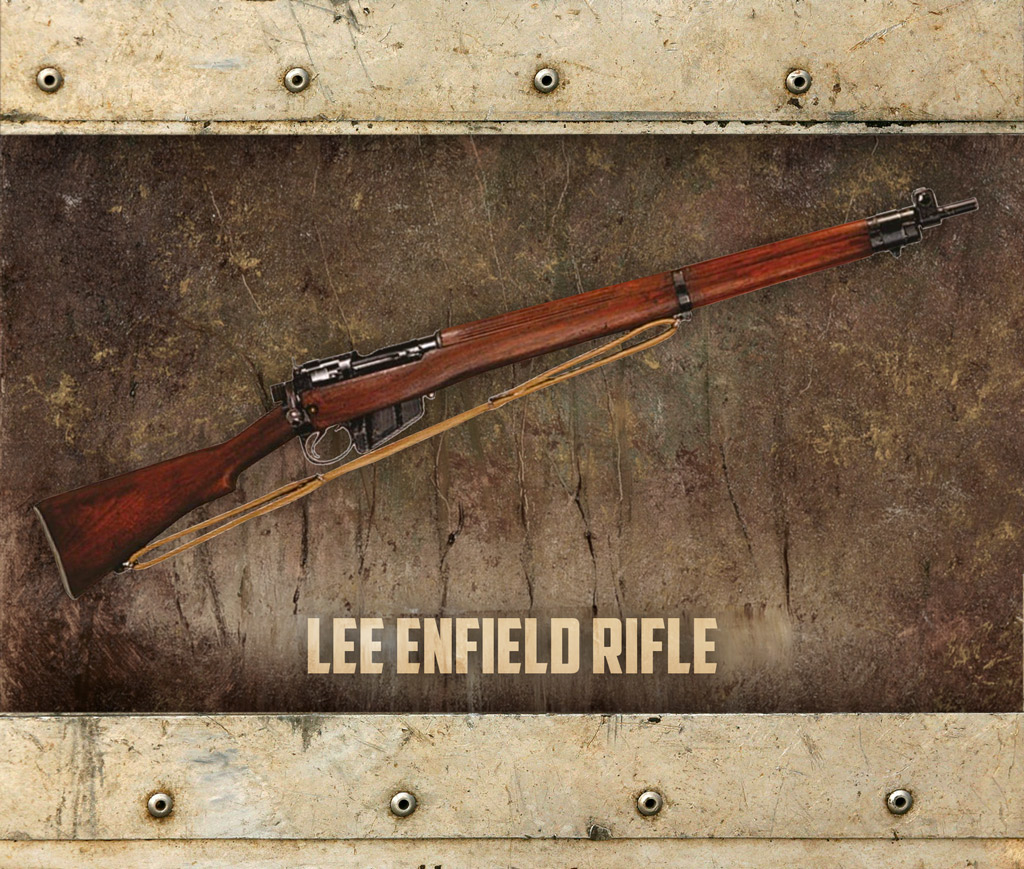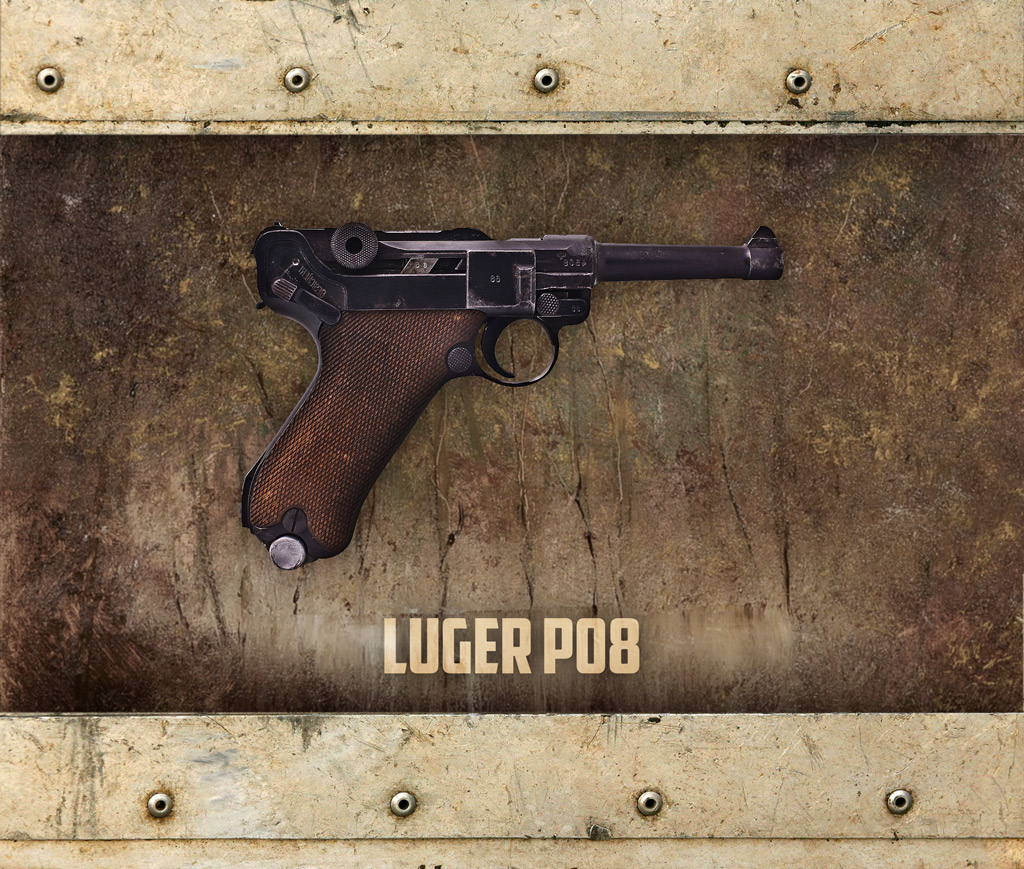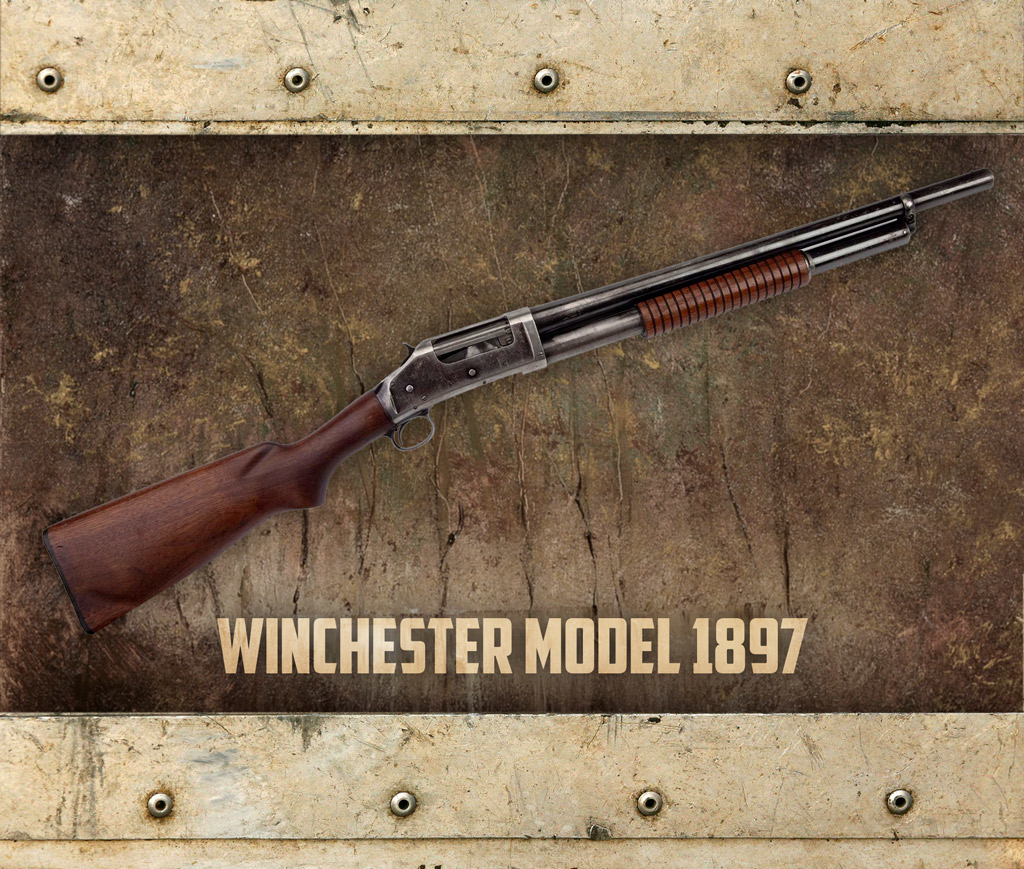

It was called the war to end all wars, but rather than signaling an end to future international conflict, World War I merely laid the foundation for the even greater carnage of World War II.
The war, which was unprecedented in the slaughter it caused, raged on from 1914 through 1918. It ended with the signing of the Treaty of Versailles. It had been fought between the Central Powers, Germany, Austria-Hungary, and Turkey were allies. Squaring off against them were the Allies of France, England, Russia, Italy, Japan, and the United States.
Before it ended with the defeat of the Central Powers, the war had taken the lives of more than 9 million soldiers. There were an estimated 21 million more soldiers having been wounded. There were also close to 10 million civilian casualties. Germany and France each sent approximately 80 percent of their male populations, ages 15-49, into battle.
The Weapons Of World War I
Much of the death and destruction from World War I can be attributed to technological advancements. Many of these advancements had come about just before the war. The majority of them were untested on the battlefield. Tanks, poison gas, and flamethrowers helped raise the death toll. As did bombings from aircraft and their sea carriers. But wars are waged mostly on the ground by infantrymen with hand-held firearms.
Want to find out more? Below are six of the most prominent weapons that were used by both sides during the Great War:
Springfield Model 1903

The M1903 Springfield bolt-action rifle was carried by the U.S. infantry in World War I.
The M1903 Springfield bolt-action rifle was produced at the Springfield Armory in Massachusetts and the Rock Island Arsenal in Illinois. You’ve probably seen it in films like Sergeant York and Saving Private Ryan. It was carried by the U.S. infantry when the country entered World War I in 1917. By that time, nearly 850,000 of the rifles had been produced.
The M1903’s .30-06 cartridge would become the standard for American rifles. Being used in both ammo for weapons and sporting rifles. The Springfield had a 24” cavalry-style barrel and was lighter than its predecessors, the Krag-Jorgensen rifles, at 8.7 pounds.
When American “doughboys” entered World War I, they were equipped with arguably the best bolt-action military rifle ever manufactured. Many first-hand reports attest to the effectiveness of the Springfield ’03 during the war. Some soldiers shared tales of the accuracy of the rifle at great distances. Others were impressed with its ability to absorb dirt and mud and continue operating without jamming.
Lee Enfield Rifle

The Lee-Enfield rifle could hold twice the number of cartridges that the Springfield M1903 rifle could hold.
The Lee-Enfield wasn’t new, the British army adopted it more than ten years before the start of the Great War. It fired .303 caliber ammunition from a rimmed cartridge. While not as accurate at longer ranges as the Springfield rifle, it could hold twice the number of cartridges (ten to the Springfield’s five). Also important on the battlefield, it was capable of a faster rate of fire.
The British Acceptance Board, however, determined that allowing rapid magazine fire would encourage their troops to waste ammunition. So the rifle was used primarily as a single-loader with the magazine in reserve to be used only when necessary. Which was likely during troop charges from the Central Powers on the battlefield.
With about 17 million of them having been produced, the bolt-action Lee-Enfields remained the standard weapons of British infantry troops into World War II. Like Springfield, it had a short barrel (25 inches) and was lightweight at 8.8 pounds. During the Great War, Australians, British, and New Zealanders were highly trained in the tactics of rapid-fire and accurate shooting, and the Lee-Enfield was the perfect rifle to employ them.
Luger P08

The Luger P08 9mm pistol was a favorite of the German army during two world wars.
Named after its inventor, George Luger, the P08 nine-millimeter Luger pistol served the German army during two world wars. What does the “P” stand for? Parabellum, as that was the original name of the pistol. It was a recoil-operated, locked-breech, semi-automatic handgun. It features an eight-round capacity with a distinctive toggle-lock action instead of the slide action used in most other semi-auto pistols.
While the Luger is mostly associated with the Nazis of World War II infamy, it was the handgun of the Kaiser’s soldiers long before Hitler took power. Even before the Luger—also called the Parabellum Pistol—was officially chosen as the standard sidearm of the German Army in 1908, many German officers had already been purchasing the pistols privately, citing their quality, accuracy, and reliability.
Gewehr 98

The Gewehr 98 rifle was modified to be used by snipers in the trenches during World War I.
The Gewehr 98 was a German-produced battle rifle. Gewehr literally means “gun” in German, so it was known as the Model 98 gun to troops. This bolt-action Mauser rifle fires 8.20mm spitzer bullets from a 5-round internal clip-loaded magazine. Even though the rifle saw service mainly in World War I, it was a long-range weapon that was not suited for the close-quarter fighting of trench warfare.
The significant length of the rifle (49”) and the minimum sight setting of 400 meters were particular handicaps for trench fighting. After the war, it was replaced by the shorter Karabiner 98K model. However, the Gewehr 98 remains a popular model with collectors. Its classic design has inspired many enthusiasts to pick one up for their collection.
In 1915, the German command decided to fit 15,000 Gewehr 98 rifles with telescopic sights. The idea was so they could be used as sniper rifles. Although the Model 98 was not designed for use with aiming optics, changes were made to the bolt and stock to accommodate the scopes. The Model 98 sniper is a rarity to this day, with very few of them surviving the great war.
Winchester Model 1897

The Winchester 97 shotgun was made for trench warfare, it excelled at close-quarters combat.
The Gewehr 98 was not a perfect weapon for trench warfare. However, the Winchester 97 was well-suited for it. The pump-action shotgun—available in 12 or 16 gauge with a 28” or 30” barrel—was the brainchild of prolific gun inventor John Moses Browning.
Who was Browning? You might remember him from some of his other famous gun designs. He was responsible for designing more than 40 production guns and quite a list of cartridges in his lifetime. Most notably, the M2 .50 Cal “Ma Duece” machine gun.
A tubular magazine under the barrel had a five-round capacity, and there was no disconnector in the fire-control system. The genius of Browning’s design was that the gun could be slam-fired. All the user had to do was hold the trigger down while pumping the slide. If you’ve ever shot a Model 97, you’ll know exactly why it was so deadly. It’s no wonder the Winchester was popular with the boys in the trenches.
Colt Model 1917

The Colt M1917 Revolver took a .45 ACP cartridge and used half-moon clips for faster reloading.
When the United States entered World War I in 1917, they needed to ramp up production of all kinds of weapons. Specifically military small arms. One of the companies that the government approached was Colt’s Manufacturing Company.
Colt had already been producing a revolver for the U.S. Army called the M1909. It was a .45-caliber handgun that replaced the old .38-calibers that had been used in the Philippine-American War which didn’t have adequate stopping power. The Colt M1917 Revolver was not much different than the M1909. The exception was that the cylinder was bored out to take a .45 ACP cartridge, and half-moon clips were added to hold the rimless cartridges in position.
At first, the clips were needed to keep the cartridges from slipping into the cylinder and away from the firing pin. In later models, however, Colt machined headspace into the cylinder chambers, and the M1917 could now be fired without the half-moon clips.
Over 300,000 of the Colt Model 1917 were manufactured and remained in active military service until 1954. They saw active duty usage in four wars: World War I, World War II, Korean War, and the Vietnam War.
Guns Of The Great War
As with all wars, there have to be victors and losers. The allied powers claimed victory in 1918, but with over 16 million soldiers and civilians dead, it was a very somber affair. John McCrae served in WWI, and is best known for his memorial poem, In Flanders Fields. He summed up the events in these famous lines, narrated in the voice of the dead.
“If ye break faith with us who die
We shall not sleep, though poppies grow
In Flanders fields.” – John McCrae, In Flanders Fields
Enjoy reading this history of weapons article? Take a look at our Weapons Of WWII article on the Widener’s blog.


